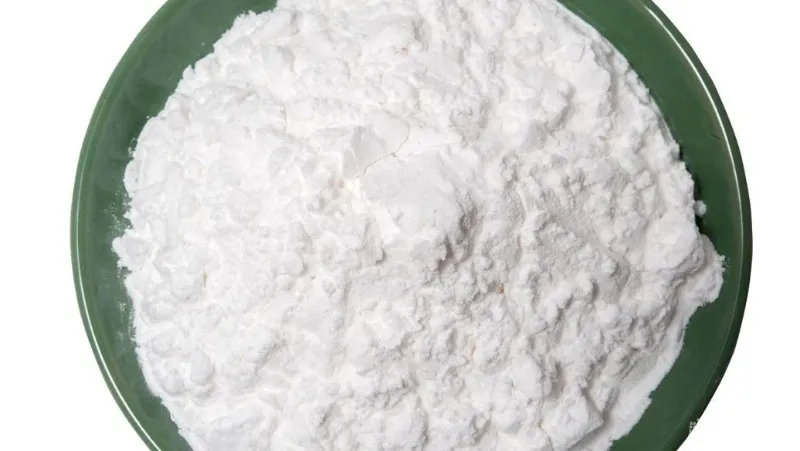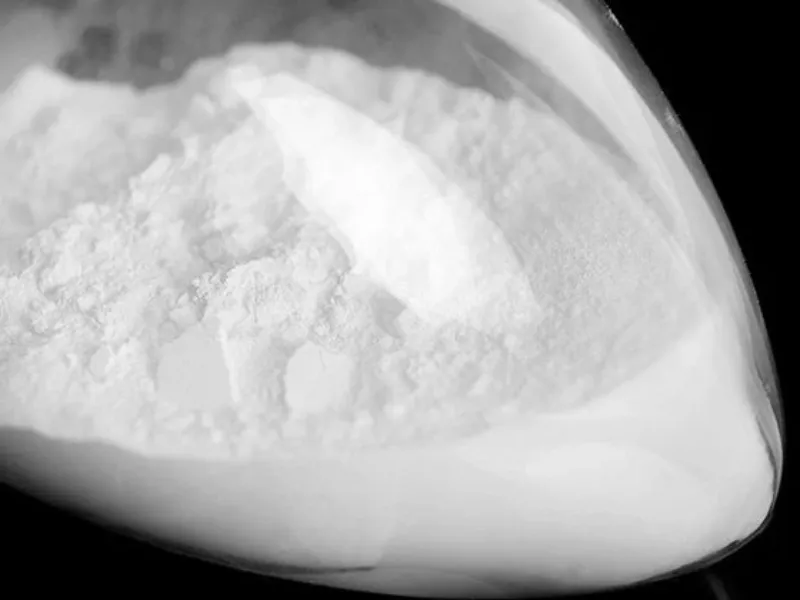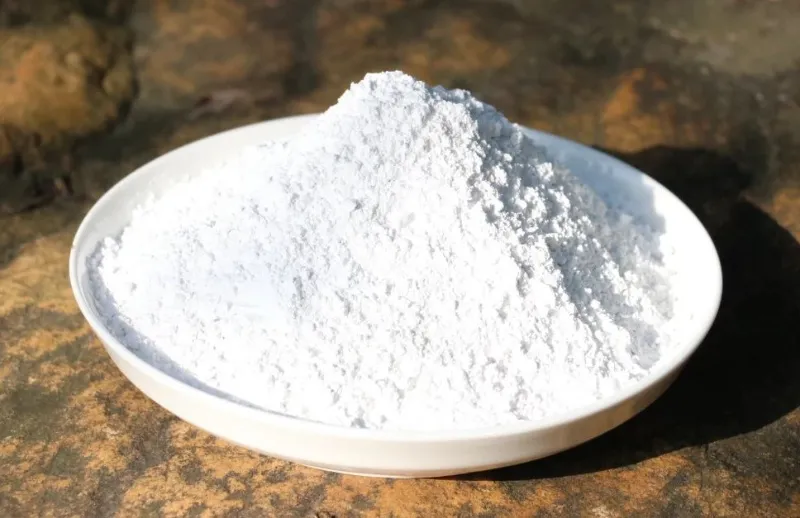Ultrafine powders refer to materials with particle sizes ranging from the micron to the nanometer scale. According to the consensus in mineral processing industry, ultrafine powders are defined as powders with 100% particle size less than 30 μm. Nanomaterials have unique properties that traditional materials do not possess, such as size effects, macroscopic quantum tunneling effects, and surface effects. These properties make them widely used.
However, nanomaterials have a large specific surface area and high activity, making them very unstable. They are highly prone to aggregation, which leads to the loss of their original properties, reducing their value. The aggregation issue is a key technological problem that limits the development of nanomaterials.
Aggregation of ultrafine powders refers to the phenomenon where primary powder particles connect with each other to form larger particle clusters during preparation, separation, handling, or storage. The reasons for aggregation of ultrafine powders are mainly threefold:
- Molecular interactions between particles
- Electrostatic interactions between particles
- Adhesion of particles in the air

Molecular Interactions Leading to Aggregation:
When mineral materials are ground to a certain size, the distance between particles becomes extremely small, and the van der Waals forces between particles become much larger than their own gravitational forces. Thus, ultrafine particles tend to attract and aggregate with each other. The hydrogen bonds, adsorbed water bridges, and other chemical bonds on the surface of ultrafine particles also lead to particle adhesion and agglomeration.
Electrostatic Interactions Leading to Aggregation
In the ultrafining process, due to impacts, friction, and reduced particle size, a large amount of positive or negative charge accumulates on the surface of newly formed ultrafine particles. These particles are highly unstable because their surface protrusions carry positive or negative charges. To reach a stable state, these particles attract each other, and sharp corners come into contact, leading to aggregation. The main force at play here is electrostatic force.
Adhesion of Particles in the Air
When the relative humidity of the air exceeds 65%, water vapor begins to condense on the surface and between particles. This formation of liquid bridges between particles greatly enhances the aggregation effect. Furthermore, during the grinding process, mineral materials absorb a lot of mechanical or thermal energy, causing the surface energy of the newly formed ultrafine particles to be very high. The particles are in an unstable state, and to reduce the surface energy, they tend to aggregate, thus stabilizing.

Methods of Dispersion in Liquid Phase
Mechanical Dispersion
Mechanical dispersion uses external shear or impact forces to disperse nanoparticles in a medium. Methods include grinding, ball milling, vibration milling, colloid mills, air jet mills, and mechanical stirring. However, when particles leave the turbulent field generated by mechanical stirring, the external environment returns to normal, and the particles may aggregate again. Therefore, using a combination of mechanical stirring and chemical dispersants often yields better dispersion effects.
Chemical Dispersion
Chemical dispersion is widely used in industrial production to disperse ultrafine powders in suspension. By adding inorganic electrolytes, surfactants, and polymer dispersants, the surface properties of the powders are altered, changing their interaction with the liquid medium and between particles to achieve dispersion. Dispersants include surfactants, small molecular inorganic electrolytes, polymer dispersants, and coupling agents, with polymer dispersants being the most commonly used.
Ultrasonic Method
Ultrasonic dispersion involves placing the suspension directly in an ultrasonic field and controlling the appropriate frequency and exposure time to disperse particles. Ultrasound is more effective for dispersing nanoparticles. The ultrasonic cavitation generates local high temperature, high pressure, strong shock waves, and microjets that weaken the nano-interactions between particles, effectively preventing aggregation and achieving dispersion. However, overheating should be avoided, as increasing thermal and mechanical energy can increase particle collisions and lead to further aggregation.

Methods of Dispersion in Gas Phase
Dry Dispersion
In humid air, liquid bridges between powder particles are the main cause of aggregation. Drying solid materials involves two basic processes: heat transfer to vaporize water and the diffusion of vaporized water into the gas phase. Therefore, preventing the formation of liquid bridges or breaking existing ones is a key method to ensure particle dispersion. Most powder production processes use heating and drying as pretreatment.
Mechanical Dispersion
Mechanical dispersion involves using mechanical force to break apart particle clusters. The necessary condition is that the mechanical force (shear and compressive stress) should exceed the adhesive force between particles. This force is typically generated by high-speed rotating discs, high-speed gas flow injection, and strong turbulence. Mechanical dispersion is easy to implement, but it is a forced dispersion method. Although particles can be broken apart in the disperser, the forces between particles remain unchanged. Once the particles leave the disperser, they may re-adhere. Moreover, mechanical dispersion may lead to the crushing of brittle particles, and its effectiveness decreases as the mechanical equipment wears down.
Electrostatic Dispersion
For homogeneous particles, electrostatic forces create repulsion due to identical charges on the surfaces. Electrostatic force can be used for particle dispersion. The challenge is how to fully charge the particles. Methods such as contact charging, induction charging, or corona charging can be used to charge particles. The most effective method is corona discharge, where particles pass through an ionized region and receive the same charge, allowing electrostatic repulsion to disperse the particles.
Epic Powder
Epic Powder, 20+ years of work experience in the ultrafine powder industry. Actively promote the future development of ultra-fine powder, focusing on crushing, grinding, classifying and modification process of ultra-fine powder. Contact us for a free consultation and customized solutions! Our expert team is dedicated to providing high-quality products and services to maximize the value of your powder processing. Epic Powder—Your Trusted Powder Processing Expert !
